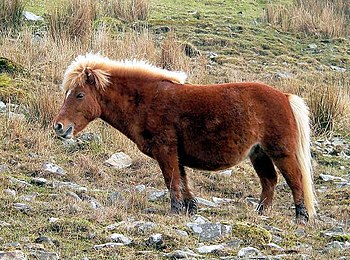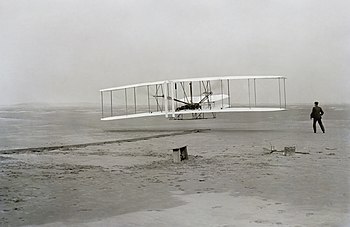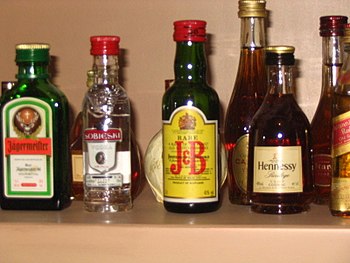In the long history of the uphill struggle for blacks in America, there are
many notable firsts. In addition, black history is populated with some
truly notable black heroes who made significant contributions to the
prosperity of African Americans and the kind of change that brings about full
citizenship and acceptance for African Americans at every tier of society.
One such American hero was Thurgood Marshall.
The bare facts of the rise of this black leader don’t say enough about the
tremendous influence his work did to improve race relations in this country.
Thurgood was the great-grandson of a slave and his father did well to
educate the boy in the value of education and of the law in modern society.
His brilliant school career which culminated in graduating Magnum Cum
Laud from Howard University was the launch of just a brilliant legal career.
Throughout his time as a lawyer, Marshall’s success in arguing
anti-segregation and discrimination cases was phenomenal. As chief
counsel for the NAACP, Marshall argued before the Supreme Court 29 times,
winning each case he took on. Later when he served in the circuit court,
he made 112 rulings that were all fully upheld by the Supreme Court.
But there can be no more phenomenal moment in the life of Thurgood Marshall or
in black history itself as when in 1967, President Lyndon Johnson appointed
Thurgood Marshall to the Supreme Court. This appointment represented a
long uphill climb to see African American leaders take on significant roles of
influence in the local, state and federal governments throughout America.
For all of the violent social protests and struggles “on the streets” in
the sixties and seventies lead by notable black leaders such as Martin Luther
King and Malcolm X, it can be argued that the lasting influence Thurgood
Marshall in his time on the Supreme Court made just as much impact to improve
the lives of black Americans as any other leader of his time.
When you look at the time frame that Thurgood Marshall demonstrated his
leadership at a national level, this was a watershed time period in which he
made great strides to take this country from one still being affected by the
attitudes and social systems of slavery and a past full of discrimination to
society on a clear path to becoming a truly integrated society of the future.
There can really be no greater single accomplishment that Thurgood Marshall
made than his victory in the Brown versus the Board of Education case.
It was the success in the case that effectively brought school
segregation to a halt once and for all in America. While there was still
work to be done to make that legal reality one that was part of the lives of
all Americans, Thurgood Marshall opened the door for all African Americans to
find the same level of high educational excellence that he role modelled for
black youth of his day. In doing so, the economic standard of living and
educational level of black America rose significantly throughout his time on
the bench giving rise to the first black middle class that only added to the
movement of the integration of society across all tiers and situations.
It is for these many good reasons that we would include Thurgood Marshall
among the truly great heroes of the black history of the last one hundred
years. His contribution to the court and the changes in the legal status
of Blacks and all minorities and underprivileged people in this country has
made America a better place to live for all. He has set a standard for
future black leadership and indeed for all of us to live up to the best of our
values to see to it that equality and justice for all persons in our society
continue to be the rule of law in this country for a long time to come.













